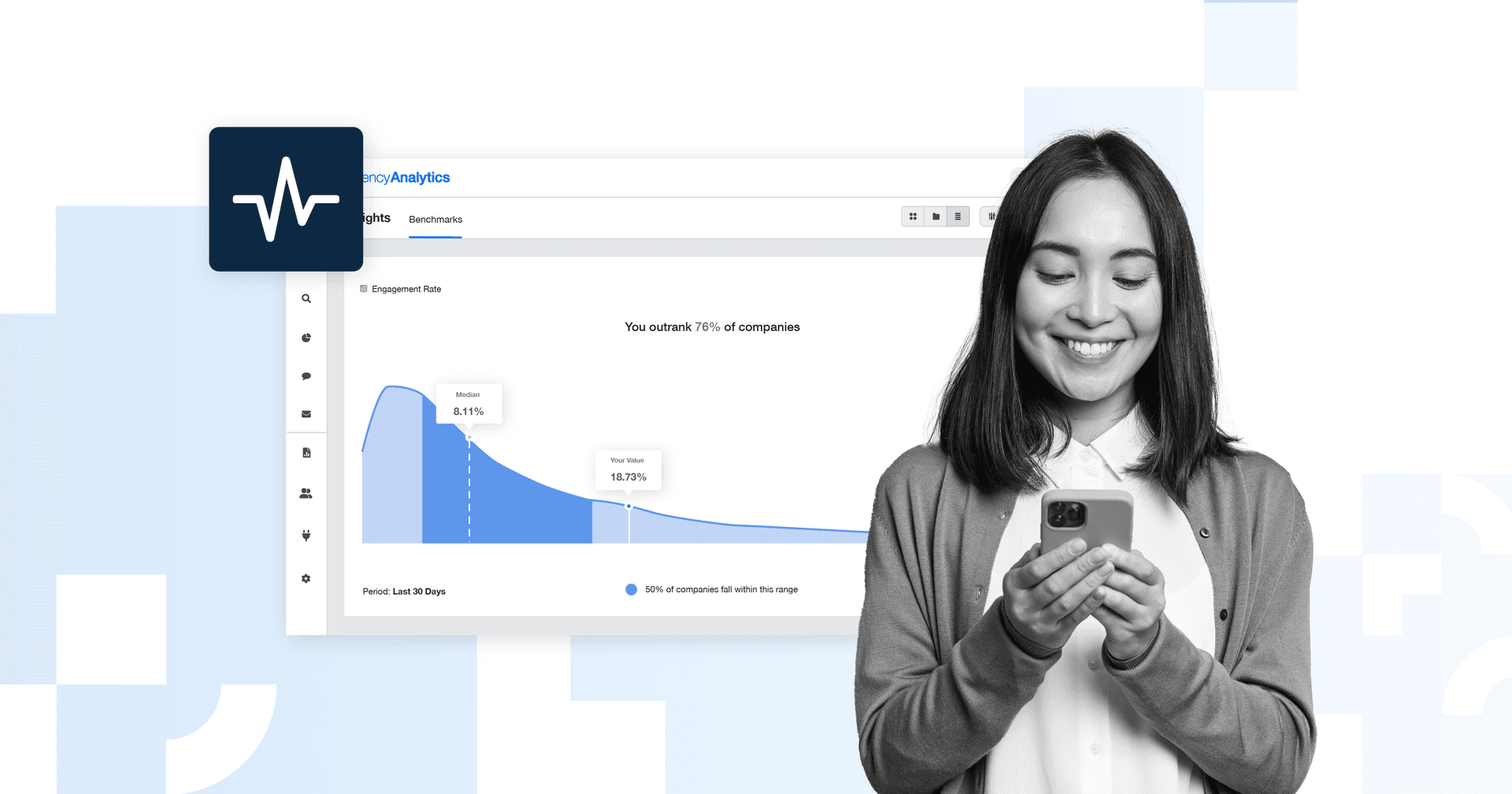Table of Contents
QUICK SUMMARY:
User-generated content (UGC) includes any material created by individuals online, including comments, blogs, and social media posts. It's a unique way to engage and connect with audiences but comes with challenges, such as copyright issues and quality control. We're covering the the advantages and disadvantages of user generated content for marketing campaigns, helping agencies work efficiently and avoid potential pitfalls.
The marketing world seems to always have a “buzz” about one topic or another, and for the past few months, it truly seems like leveraging User Generated Content has become all the rage. That said, a lot of the articles that have come out surrounding User Generated Content (hereon out ‘UGC’) have talked a lot about the positives, but not so much about why using it blindly could actually hurt your brand’s reputation.
Below exercises some caution in talking about UGC and discusses the benefits, the downsides, and the best practices so you can keep up with the latest trend while also keeping your brand’s image at heart.
What Is User Generated Content?
While User Generated Content (UGC) may be a buzz term these days, it’s nothing fancy. This simple refers to any content that was created by someone using an online source. This could be someone who comments on a blog post, writes a guest blog post, participates in an online forum, creates their own podcast, advertisement, video, etc. In general, UGC is often made available on social media, but it can be something you find anywhere on the web.
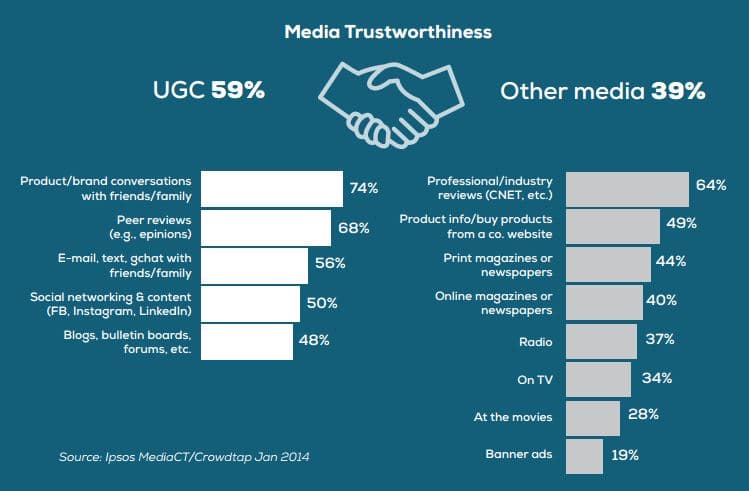
While technically anything you didn’t create could be considered UGC, it typically refers to content that someone created for the general public by sharing that content. For businesses, the lines get blurred when they want to use an image they don’t have the rights to use, or when they publish a guest post or an infographic without permission from the creator.
Why Is User Generated Content Important?
User Generated Content (UGC) has become a cornerstone of modern marketing—not because it’s trendy, but because it taps into something timeless: trust. When real people share authentic experiences with a brand—whether that’s a tagged photo, a quick video, or an online review—it carries weight. It’s the kind of validation that branded content can’t always provide.
That validation is powerful. For potential customers, seeing a recommendation from another shopper—especially someone they relate to—often influences purchasing decisions more than a polished ad ever could. It’s modern-day word-of-mouth at scale.
UGC also helps agencies scale content creation without increasing overhead. It’s a cost-effective way to produce high volumes of relatable, real-world content for clients. Whether you're managing a local campaign or building a national brand, repurposing content created by real users can improve campaign reach, engagement, and ultimately, conversion rates.
For example, at AgencyAnalytics, we believe the best insights come from the people doing the work every day. That’s why we tap into the expertise of over 7,000 marketing agencies who use our platform—not just to build better tools, but to share real-world knowledge with others in the agency community.

From in-depth customer stories to thought leadership pieces and strategic walkthroughs, we give agency leaders a platform to talk about what’s working, what they’ve learned, and how they’ve overcome common challenges. It’s a unique form of user generated content—built not around product promotion, but shared expertise.
However, and just as importantly, UGC offers valuable insights around products and brands. Monitoring how consumers talk about a brand reveals what resonates—and what doesn’t. Negative feedback isn’t just a risk; it’s a source of learning. Agencies that analyze UGC can identify recurring issues, unexpected trends, and even new content ideas. That kind of feedback loop informs smarter marketing efforts and supports stronger long-term results.
Used strategically—and with proper legal permissions—UGC helps build brand loyalty while keeping campaigns grounded in real experiences. Agencies that guide clients in curating and showcasing UGC aren’t just collecting content. They’re reinforcing brand values, elevating trust, and connecting with audiences in ways that traditional advertising often misses.
The Pros of User Generated Content
Millions of users are producing content everyday and publicly sharing on social media platforms. Social media marketing has made it easier than ever to identify your target market and be able to speak directly to them, and if you have built a following, you may already have a significant population who are promoting your brand on social channels and creating content on your behalf. This can be an awesome connection to have with your audience that can certainly work to your advantage.
Users that engage with your brand generally like to do so, they wanted to take the photo or post the comment in the first place—this connection with your audience can be extremely beneficial.
UGC campaigns have been shown to increased click-thru rate (up to 400%), and can increase web conversions by 26%
According to Marketing Tech News, “social networking (50%), peer reviews (68%) and conversations with friends (74%) which are all forms of UGC, are more trusted for product information than TV (34%), radio (37%) and newspapers (44%)”
UGC can increase the amount of time spent on your website, which will help to sell your brand and products/services more easily. With AgencyAnalytics' marketing dashboard you can follow your UGC campaigns and monitor them through the user dashboard, or you can create your own report for that campaign. Below shows how you create just one login, but can toggle from campaign to campaign (or in many cases, client to client):

With so much content being generated every day, it is easy to see how leveraging this as a strategy can be effective.
There are many ways to utilize UGC (the many ways, which are out of scope of this article, can encompass a wide variety of marketing strategies which you can learn more about here). While these benefits sound appealing, UGC still needs to be done strategically so that you don’t get caught in an uncomfortable situation where you need to pull out a “damage control” strategy.
The Cons of User Generated Content
While UGC offers powerful benefits, it’s not without its risks. Agencies need to be thoughtful and deliberate when helping clients source, share, or repurpose content created by others. The biggest pitfalls typically fall into two categories: brand risk and legal exposure.
1. You Don’t Control What You Don’t Create
Unlike branded content, UGC is created by someone outside the organization—often spontaneously. That means you’re not setting the tone, choosing the visuals, or shaping the message. While that’s part of what makes UGC feel authentic, it also introduces risk. Posts can be off-brand, misleading, poorly written, or taken out of context. And once a piece of UGC is reshared by your client, any confusion or backlash often reflects directly on the brand.
This is especially true on fast-moving social media channels, where a single post can gain traction quickly—for better or worse. A joke that lands the wrong way, an off-color comment buried in a caption, or a piece of outdated advice reshared by mistake may unintentionally harm your client’s reputation.
2. Legal Issues: Copyright, Consent, and Credibility
Just because a post is public doesn’t mean it’s free to use. Agencies must ensure that UGC used in marketing campaigns includes proper legal permissions from the original creator. This applies to everything—from reposting an Instagram Story to embedding a quote in an email. Without consent, brands risk copyright infringement, libel claims, or violations of terms of service.
There’s also the question of disclosure. If a client is working with influencers, even micro-influencers, paid partnerships must be clearly labeled. Failing to do so can lead to penalties—and worse, a loss of trust with the audience.
3. Simulated UGC Erodes Trust
There’s a growing skepticism among audiences when brands attempt to “fake” authenticity. Using influencers who are clearly using their social media presence to get paid for product placements, or staging posts to look like spontaneous UGC, often backfires. Social media users can spot inauthentic content from a mile away—and when they do, it reduces the effectiveness of the campaign and may damage the brand’s reputation.
Instead of chasing aesthetics or trends, agencies should guide clients toward real stories from real people—whether that’s through thoughtful outreach, smart curation, or by encouraging existing customers to share their honest experiences.
4. Customers Aren’t Always Great Content Creators
While UGC marketing thrives on authenticity, not all content is created equal. Many existing customers don’t have the tools, lighting, or messaging instincts to produce content that aligns with your client’s brand. That might mean grainy images, off-topic captions, or unclear messaging that dilutes the story you’re trying to tell.
Agencies need to strike a balance between celebrating real voices and maintaining a consistent brand presence. That often means providing guidance or frameworks—like branded hashtags, simple prompts, or creative examples—to help steer users in the right direction without stifling their creativity.
Treat UGC as raw material—not finished product. With a little curation and thoughtful editing (when appropriate), even rough-around-the-edges submissions become powerful marketing assets.
6 Use Case Examples of UGC for Agencies
UGC supports a wide range of marketing outcomes, from boosting engagement to shaping strategy. Here are six agency-relevant examples of how to use it effectively and intentionally.
1. Showcasing Product Photos From Real Customers
UGC images from real customers help humanize a brand and build credibility. When prospective buyers see a product in use—outside of a studio—it creates instant relatability and trust. Agencies feature UGC photos on landing pages, product galleries, or even in paid ads to increase conversion rates. Just be sure to secure proper legal permissions before repurposing this type of content.
2. Highlighting Positive Online Reviews
Online reviews offer more than just social proof—they provide relatable, persuasive messages in customers’ own words. Agencies pull these snippets into email campaigns, landing pages, or homepages to reinforce messaging and help potential customers feel more confident in their decisions.
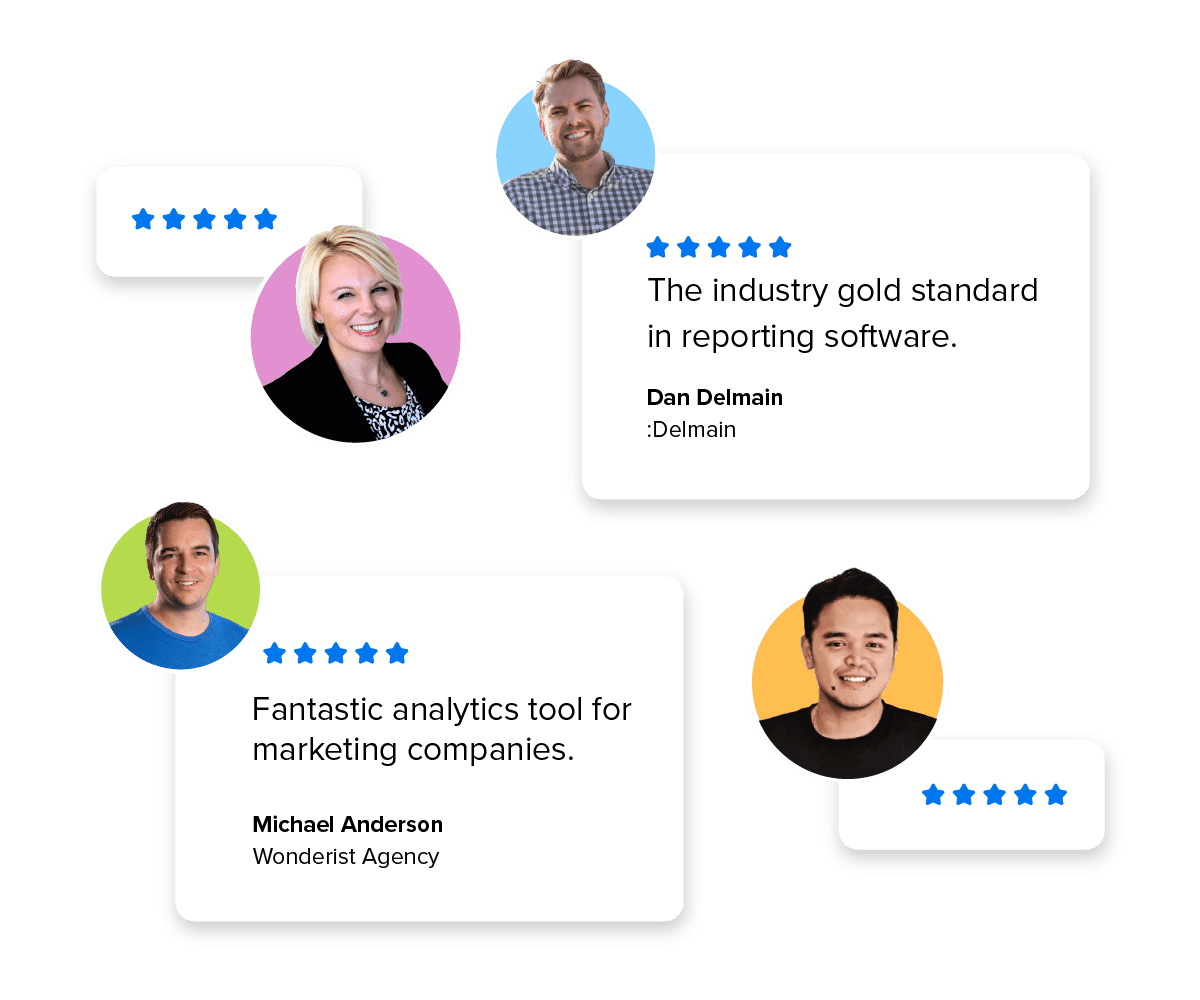
3. Leveraging Testimonials on Social Media Platforms
Short-form testimonials on platforms like Instagram, LinkedIn, or TikTok bring client stories to life. Agencies managing social media accounts often repackage client quotes or clips to build credibility and drive engagement. These posts support brand loyalty and encourage interaction from both new and existing followers.
4. Sharing UGC in Email Marketing
UGC content works beyond the feed. Agencies build emails around customer stories, weaving in real experiences to make campaigns feel more personal. Whether it’s a user-submitted photo or a compelling quote, it adds authenticity that branded content alone doesn’t match.
5. Monitoring UGC for Valuable Feedback
Negative reviews or inappropriate comments might feel uncomfortable, but they often reveal opportunities. By actively monitoring this type of UGC, agencies uncover recurring issues, product pain points, or messaging gaps that help guide future improvements. These insights lead to smarter campaigns—and fewer blind spots.
6. Using UGC to Inform Marketing Strategy
UGC surfaces recurring themes, language, and emotional triggers that help shape broader strategy. When agencies analyze what users are saying, sharing, or tagging, they identify what’s actually resonating with the audience. These insights influence campaign messaging, content calendars, and even brand positioning—keeping future marketing efforts aligned with what real customers actually care about.
3 User Generated Content Best Practices
There are a lot of different ways you can utilize UGC while also practicing caution. Following best practices can help to make sure that you are legally staying out of trouble (to the greatest extent possible) while also getting the benefits of audience engagement that come from it. Below are 4 tips to help make sure you are upholding the quality of your brand and getting the most out of this marketing strategy.
1. Monitor and Moderate the Content Your Users Produce
To some extent the feasibility of this first tip is going to depend largely on the size and scale of your organization. Small businesses should do all that they can to “approve” content on their pages and monitor the kind of things users are posting on free platforms. For example, if you own a restaurant you probably want to make sure that your food is coming out looking presentable, in the way you would want it to look in photos in the images that are being shared. Notice negative comments happening on Facebook, Instagram, or Twitter? Do your best to reply to these and make amends when need-be. Paying attention like this shows that you care about your image. Larger scale organizations should have individuals in their marketing departments in charge of these tasks as well.
A great way to keep some control without putting too much work on yourself is to allow users to sign-in to your WordPress site, but with restricted access. This is a better strategy for a blog while social media UGC usually consists of the company owner reaching out to the owner of the content, but for blogs, you can do this by using an Author Profile WordPress plugin, which can be found here:
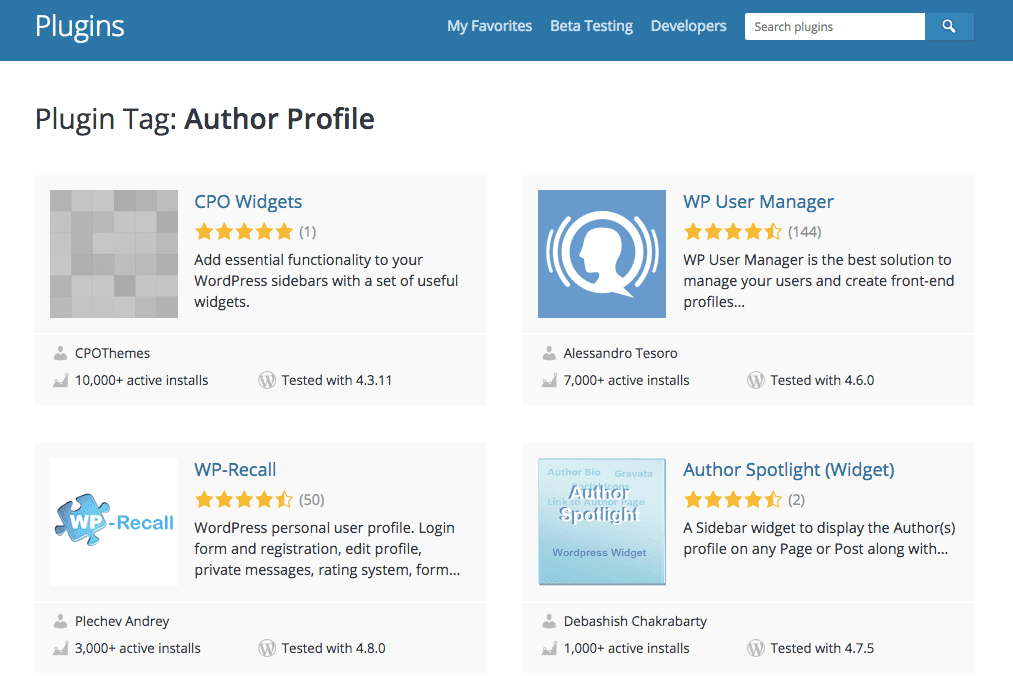
2. Adhere to Legal Requirements
One of the best ways of sharing UGC is to create very specific guidelines for things you are going to be reposting and sharing. As long as brands are very upfront about their usage and users can anticipate their content being shared, a lot of legal trouble can be avoided. For example, when designing a sweepstakes or campaign that requires users submit photos or other virtual content, be very explicit about the #hashtags and other sharing requirements you have in order to gain their consent in participating. The Page Awards did a great job with this and went above and beyond to create a full webpage to discuss the contest, as seen below:
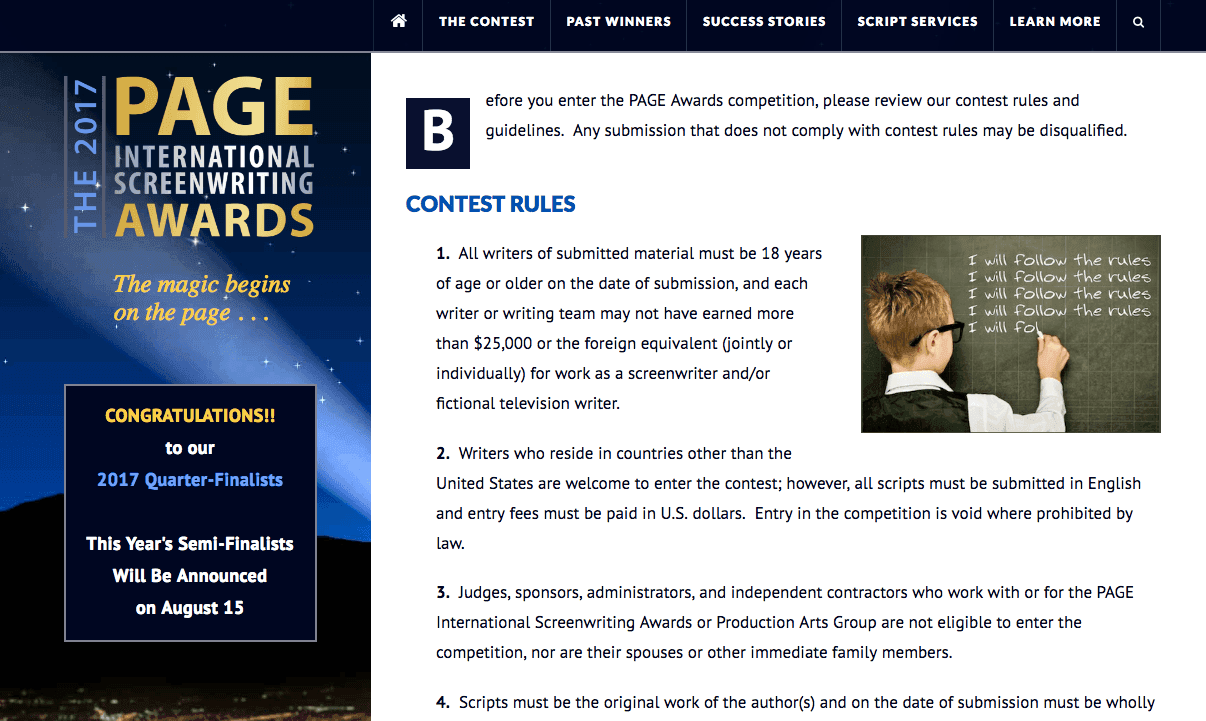
In addition, here is a list of 14 legal requirements to consider with UGC so that you can have a more detailed idea of what is legal and what is not.)
3. Consent & Always Give Credit Where Credit is Due
If you are ever sharing someone else’s content, you need to be sure to give them credit by using their screen name after you get their consent to share. Unfortunately just because someone takes a picture at your establishment (even if their profile is public) does not mean they are giving you permission to post it. It may be an incredible photo, article, video, or graphic—but until you get consent it is not yours to share.
Note: Be Especially Mindful when Advertising. It is one thing to share UGC on your social accounts, but using user-content for explicit advertising is a whole other ballgame. Before ever using UGC in a major (or even minor) advertisement campaign, you need to make sure you get official permission from the author and make sure you are representing them in a way that they deem as acceptable. You need to get legal consent in writing. Do not just assume compensation=compliance.
Red Flags to Watch for in UGC
User Generated Content adds authenticity—but only when it’s handled with care. Before reposting or repurposing any content, agencies should pause and assess whether it supports the client’s brand, values, and goals. Here’s a quick checklist to help spot potential issues before they become problems:
🔴 Red Flags in UGC:
Missing permissions or attribution Always confirm the content creator has given permission to reuse their work. Even if a post tags the brand, it doesn’t automatically mean it’s fair game.
Inaccurate or misleading claims Does the content exaggerate results, make false promises, or create confusion? If it doesn’t align with what the client delivers, it’s a risk.
Poor image or video quality Blurry photos or shaky videos may hurt credibility more than they help. If the quality doesn’t reflect the brand’s standards, it’s worth skipping.
Inappropriate comments, language, or tone Review the full context of a post—including captions and replies. Avoid sharing anything that could offend, exclude, or create controversy.
Outdated or off-brand references If a post mentions discontinued products, expired promos, or contradicts current messaging, it’s better left out of rotation.
Content that invites negative responses Social media users are quick to comment—and not always kindly. Avoid UGC that may trigger controversy, backlash, or polarizing conversations. The goal is connection, not conflict.
Posts from unreliable UGC creators If the UGC creator’s profile shows bots, fake followers, or questionable engagement patterns, think twice. Their influence may be overstated, or worse, damage your client’s credibility.
Negative content disguised as praise Sometimes posts sound positive but carry sarcasm, backhanded compliments, or subtle digs. Always read between the lines before amplifying the message.
Poorly written blog posts or captions Typos, confusing structure, or unclear messaging can weaken your client’s brand perception. If it’s hard to follow or off-topic, it’s probably not worth resharing.
The lesson here? Don’t just repost—review. Agencies that take a thoughtful approach to UGC help clients avoid missteps and build a stronger, more trustworthy brand.
The Takeaway
UGC isn’t just a trend—it’s a valuable part of a modern marketing strategy that brings the voice of the customer to the forefront. When users create content that highlights real experiences, it builds trust, adds social proof, and often performs better than traditional branded campaigns. But it’s not without risk.
Agencies play a critical role in helping clients use UGC thoughtfully. That means reviewing content for accuracy, tone, and relevance—especially across fast-moving social media channels. It also means making sure UGC aligns with brand values, has proper permissions in place, and won’t unintentionally invite negative feedback.
Used strategically, UGC gives agencies access to the kind of insights that only existing customers can provide. Whether it’s identifying what resonates in a product review or spotting recurring questions in tagged posts, this kind of feedback helps shape smarter campaigns and more relevant messaging.
The key? Don’t just use UGC because everyone else is. Use it because it brings your client’s audience into the story—and makes their marketing feel more human, more honest, and more effective.

Written by
Joe is the co-founder and CEO of AgencyAnalytics, a marketing reporting platform used by more than 7,000 agencies. With experience creating multiple businesses, he thrives on tackling the challenges of sustainable growth and innovation.
Read more posts by Joe KindnessSee how 7,000+ marketing agencies help clients win
Free 14-day trial. No credit card required.






